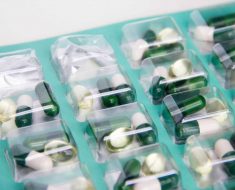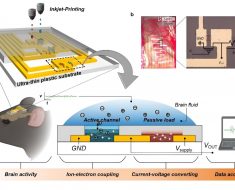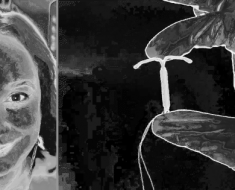Busy healthcare workers can safely enjoy a cup of tea within less than 10 minutes, and the best accompanying biscuit for nutritional content, crunchiness, and dunking is oat based, finds a study in the Christmas issue of The BMJ.
After witnessing how NHS staff avoid breaks because of constraints on their time, researchers set out to identify the time taken to prepare a safe, palatable cup of tea.
In keeping with the tradition of tea paired with a biscuit, and because dunking may help tea cool faster, they also assessed four biscuit varieties for nutritional content and durability after dunking.
Their findings are based on six tests carried out with resources that could be commonly found in a staff room in the surgery department of the University Hospital of Wales.
After agreeing on the process of preparing a standard cup of tea, they collected data on the rate the tea temperature dropped and the overall time required for a comfortable, and therefore potentially safe, drinking temperature to be achieved (known as time to drinkable tea or TTDT).
They then selected four different types of round non-chocolate biscuit – oat, digestive, rich tea, and shortie – to find the best biscuit to pair with tea on the basis of nutritional content, absorptive ability, crunchiness, and integrity after dunking.
The researchers recorded tea cooling and TTDT data for each biscuit variety and repeated the tests three times with freshly prepared cups of tea. Biscuits were ranked first to last (scores 1 to 4), with penalty points given for adverse events such as scalds and breakability.
Although the results varied, important findings were that it takes around 420 seconds for a cup of tea to reach optimal palatability (61ºC) with 30 mL of semi-skimmed cow's milk, and just 370 seconds with 40 mL.
The oat biscuit ranked first overall after all six tests. For instance, it had the highest energy content (70 kcal per biscuit) and highest mean dunk time of 34.3 seconds to dunk break point.
The digestive ranked second. Although it had the lowest crunch reduction volume (15%) of all four biscuits, it crumbled in three tests of absorptive capability and structural integrity (saturation, dunk break point, and pragmatic dunk break point).
The shortie was ranked third, only absorbing an average 4 mL of tea during the three saturation tests, whereas the rich tea (the only biscuit given penalty points for breaking during the dunk break point test) was ranked fourth, although the penalty points did not directly influence the rich tea's ranking.
Based on these results, the researchers suggest that NHS staff can easily enjoy the pairing of a cup of tea with a biscuit in less than 10 minutes.
Biscuit dunking also has a beneficial effect on tea cooling and should be encouraged, and the oat biscuit was the best at achieving this when compared with the digestive, rich tea, and shortie, they add.
The authors acknowledge some study limitations, such as differing opinions on how to brew a palatable cup of tea and limited biscuit choice, but say they are confident that their methods reflect a real world approach to tea making in NHS staff rooms.
What's more, they say the joy of dunking a biscuit enhanced the tea break experience and could have an important place in teambuilding and connectedness between different hierarchies and disciplines.
Though changes in staff morale and performance were not evaluated in this study, they say: "Making time for a cup of tea is an important daily ritual, and it should be encouraged to help improve the mood and performance of healthcare workers."
BMJ
Jones, C & Francis, J., (2022) Direct Uptake of Nutrition and Caffeine Study (DUNCS): biscuit based comparative study. The BMJ. doi.org/10.1136/bmj-2022-072839.
Posted in: Medical Research News | Healthcare News
Tags: Caffeine, Chocolate, Healthcare, Hospital, Nutrition, Research, Surgery, Tea
Source: Read Full Article





